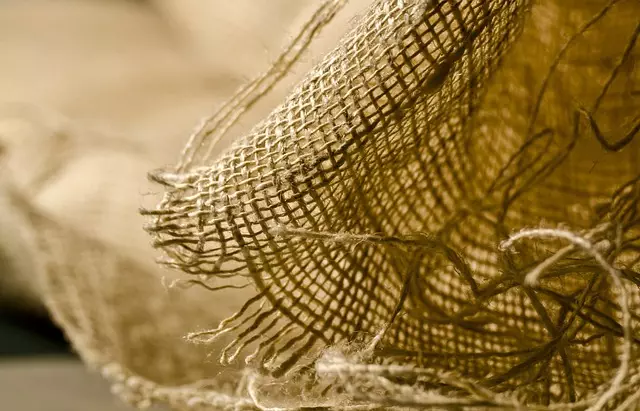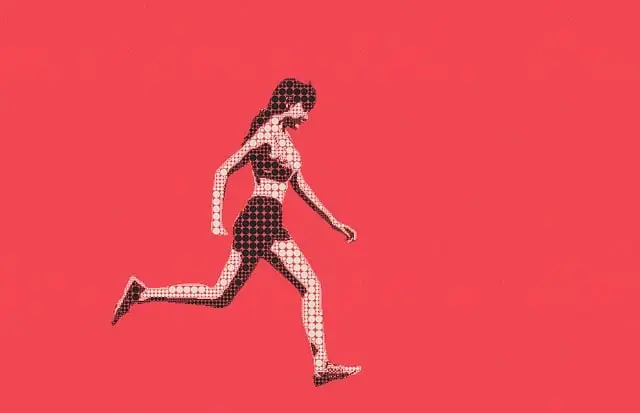Muscle soreness from intense exercise or physical work can be significantly alleviated by kratom, a plant-based substance with analgesic and anti-inflammatory properties. Kratom's active compounds, mitragynine and 7-hydroxymitragynine, interact with opioid receptors to reduce pain naturally. Among the various strains, Maeng Da and Bali are often considered the best kratom for depression due to their mood-enhancing effects alongside analgesic benefits. These strains can be explored for personalized relief, with Red Vein Kratom options like Red Bali and Red Borneo offering calming properties that may aid in muscle relaxation, while White Vein Kratom such as White Maeng Da provides a combination of mood elevation and pain relief. It's important to start with a low dose, experiment responsibly, and always consult healthcare professionals before using kratom, considering its interactions with other health conditions and medications. A holistic approach that includes kratom should also incorporate rest, proper nutrition, hydration, and exercise for managing muscle soreness and depressive symptoms, ensuring a balanced treatment plan that minimizes side effects and maximizes well-being.
Muscle soreness can be an obstacle to maintaining an active and healthy lifestyle, often hindering individuals from pursuing their fitness goals or engaging in daily activities. Kratom supplements have emerged as a potential natural remedy for muscle relief, offering an alternative to conventional pain management methods. This article delves into the science behind muscle soreness, the role of kratom in providing comfort, and the most effective strains of kratom that may alleviate discomfort. We will also explore how kratom can be integrated into a comprehensive approach for managing muscle pain, including its synergy with other therapies, especially when considering its potential benefits for conditions like depression. Understanding the nuances of kratom’s effects and its role in holistic health is crucial for those seeking natural ways to enhance their well-being and recovery.
- Understanding Muscle Soreness and Kratom's Role in Relief
- Optimal Kratom Strains for Muscle Soreness Management
- Integrating Kratom into a Holistic Muscle Soreness Relief Regimen
Understanding Muscle Soreness and Kratom's Role in Relief

Muscle soreness can arise from various activities, including intense exercise, physical labor, or even from repetitive movements. The discomfort experienced ranges from mild to severe and can significantly impact one’s quality of life and ability to engage in daily activities. Understanding the origin of muscle soreness is crucial for addressing it effectively. It often results from microscopic tears in muscle fibers that occur during exertion, a condition commonly referred to as delayed onset muscle soreness (DOMS). The body’s natural response to these tears is inflammation, which can lead to the pain and tenderness felt in the affected muscles.
Kratom, derived from the leaves of Mitragyna speciosa, has been traditionally used in Southeast Asia for its medicinal properties. Among its various effects, kratom is known for its potential analgesic and anti-inflammatory qualities, which can be beneficial for muscle soreness relief. The alkaloids found within the kratom leaves, such as mitragynine and 7-hydroxymitragynine, are thought to interact with the body’s opioid receptors, providing a natural painkilling effect. For those seeking alternatives to pharmaceutical options for managing muscle soreness, kratom might offer an effective solution. Particularly, certain strains of kratom are considered by some to be the best kratom for depression and pain management due to their mood-enhancing and analgesic effects. These include strains like Maeng Da and Bali, which are often favored for their potency in addressing musculoskeletal discomfort. When incorporating kratom into a muscle soreness relief regimen, it is important to start with a low dose to gauge individual sensitivity and to consult with a healthcare provider to ensure safe and effective use.
Optimal Kratom Strains for Muscle Soreness Management

When exploring natural remedies for muscle soreness, kratom supplements have emerged as a potential aid due to their alkaloid content which may offer analgesic effects. Among the myriad strains of kratom available, certain ones are often favored for their potential benefits in managing muscle pain and discomfort. For individuals experiencing muscle soreness alongside depressive symptoms, finding the right balance is crucial. The Maeng Da strain, known for its invigorating properties, is frequently cited as one of the best kratom strains for depression due to its well-rounded alkaloid profile that may influence mood and provide pain relief. Another popular choice is the Bali Kratom, which is renowned for its sedative qualities and might be particularly effective for those seeking relief from muscle soreness without excessive stimulation. It’s important to note that while kratom may offer benefits, it should be used responsibly and in accordance with local laws, as the legality of kratom varies by region. Users should also be mindful of their dosage, as the optimal amount can differ based on individual physiology and tolerance.
For those looking to incorporate kratom into their muscle soreness management routine, it’s essential to experiment with different strains to determine which one aligns best with their needs. The Red Vein Kratom strains, such as Red Bali or Red Borneo, are often preferred for their soothing effects that may alleviate pain and induce relaxation without the energetic buzz associated with certain other kratom strains. The White Vein Kratom, particularly the White Maeng Da, is also a potent option that offers mood elevation alongside its analgesic properties. It’s worth exploring these strains to find personalized relief from muscle soreness while addressing symptoms of depression. Always consult with a healthcare provider before integrating kratom into your health regimen to ensure safety and appropriateness for your individual health concerns.
Integrating Kratom into a Holistic Muscle Soreness Relief Regimen

When incorporating Kratom into a comprehensive muscle soreness relief regimen, it’s crucial to approach its use holistically, considering both immediate and long-term effects on well-being. Kratom, derived from the leaves of Mitragyna speciosa, has been recognized for its potential analgesic properties, which may help alleviate muscle pain. For individuals experiencing muscle soreness, particularly those who might also be dealing with symptoms of depression, strains like Maeng Da and Borneo are often cited as some of the best kratom for depression due to their uplifting and mood-enhancing effects. These strains can contribute to a holistic approach by not only providing pain relief but also promoting a more positive mental state.
To effectively integrate Kratom into your muscle soreness relief strategy, it’s important to consider dosage and frequency based on individual tolerance and the severity of symptoms. It’s recommended to start with a lower dose to assess its impact on both pain and mood. Additionally, combining Kratom with other natural therapies such as rest, proper nutrition, hydration, and targeted exercises can create a synergistic effect that supports overall recovery and mental health. Always consult with a healthcare provider before introducing Kratom into your regimen, especially if you have pre-existing conditions or are taking other medications. This ensures that Kratom complements your holistic approach without adverse interactions.
muscular relief, kratom alkaloids, natural remedy, depression management, holistic approach, muscle soreness.
In conclusion, muscle soreness can be a debilitating experience, often leaving individuals in discomfort and seeking effective relief. Kratom supplements have emerged as a promising option for those looking to manage muscle pain naturally. By understanding the mechanisms behind muscle soreness and the role of kratom, users can select the most appropriate strains, such as the Maeng Da or Bali, known for their potent alkaloid profile that contributes to muscular relief. Integrating kratom into a holistic regimen that includes rest, hydration, and proper nutrition can enhance its efficacy and potentially aid in recovery from intense physical activities. Furthermore, while traditionally recognized for its effects on pain, kratom’s potential in addressing symptoms of depression adds another layer to its therapeutic benefits. For those considering kratom as part of their muscle soreness relief strategy, it is crucial to adhere to safe usage guidelines and consult with healthcare professionals to ensure the best outcomes while managing their overall well-being.






